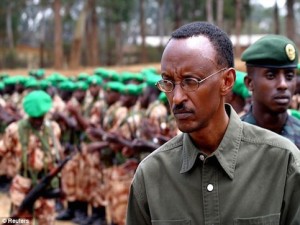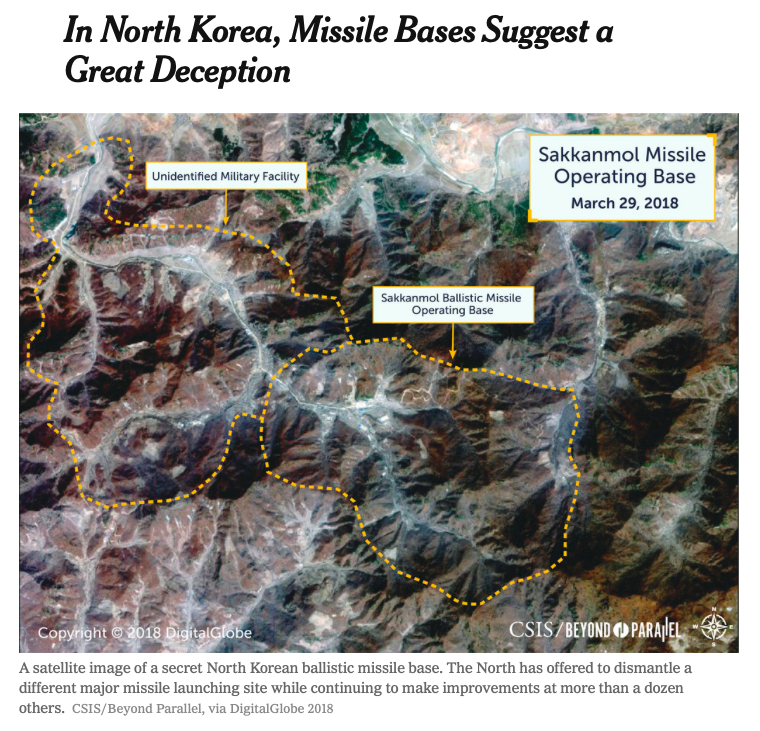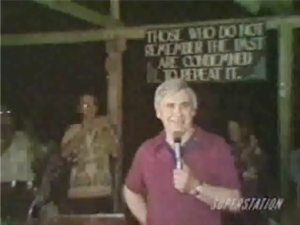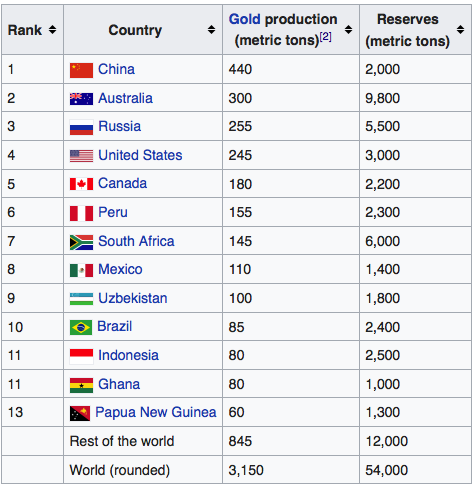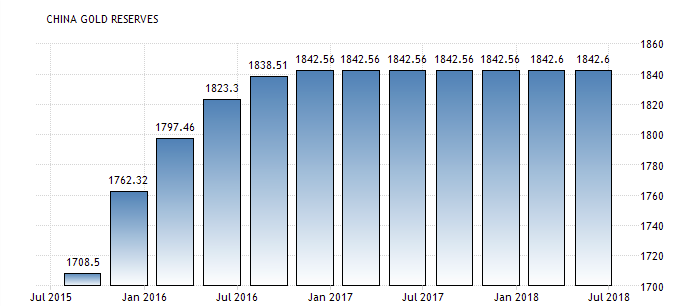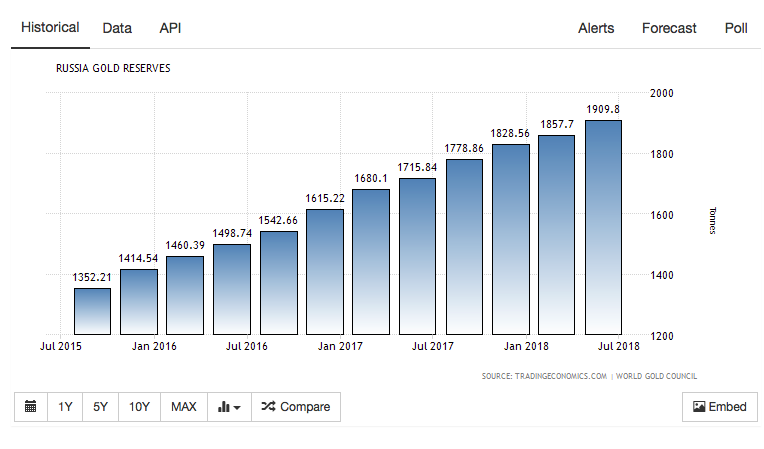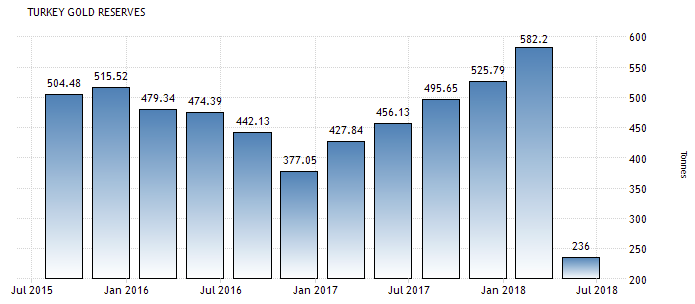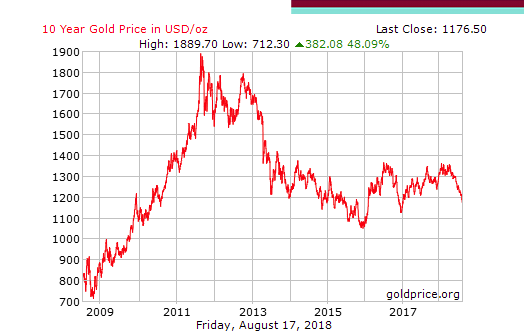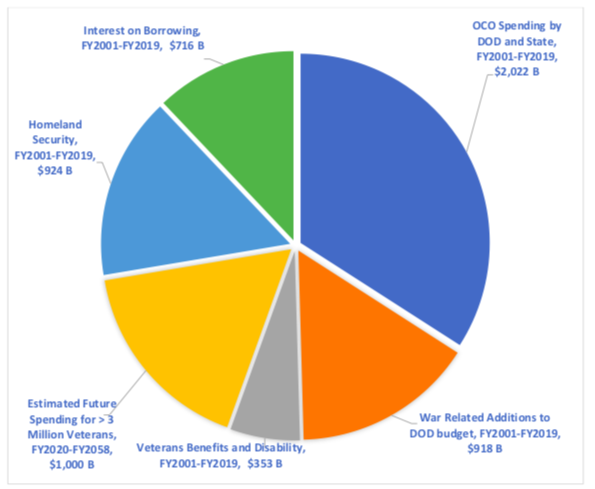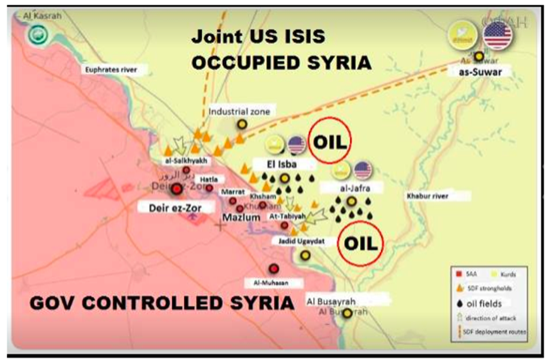One of the key characteristics of the 2008-09 crash and its aftermath (i.e. chronic slow recovery in US and double and triple dip recessions in Europe and Japan) was a significant deflation in prices of global oil. After attaining well over $100 a barrel in 2007-08, crude oil prices plummeted, hitting a low of only $27 a barrel in January 2016. They slowly but steadily rose again in 2016-17 and peaked at about $80 a barrel this past summer 2018. Now the retreat has started once again, falling to a low of $55 in October and remain around $56 today, likely to fall further in 2019 now that Japan and Europe appear entering yet another recession and US growth almost certainly slowing significantly in 2019. With the potential for a US recession rising in late 2019 oil price deflation may continue into the near future. What will this mean for the global and US economies?
The critical question is what is the relationship between global oil price deflation, financial instability and crises, and recession–something mainstream economists don’t understand very well? Is the current rapid retreat of oil prices since August 2018 an indicator of more fundamental forces underway in the global and US economy? Will oil price deflation exacerbate, or even accelerate, the drift toward recession globally now underway? What about financial asset markets stability in general? What can be learned from the 2008 through 2015 experience?
In my 2016 book, ‘Systemic Fragility in the Global Economy’ and its chapter on deflation’s role in crises, I explained that oil is not just a commodity but, since the 1990s, has functioned as an important financial asset whose price affects other forms of financial assets (stocks, bonds, derivatives, currencies, etc.). Financial asset price volatility in general (bubbles and deflation) have a greater impact on the real economy than mainstream economists, who generally don’t understand financial markets and cycles, think. Hence they don’t understand how financial cycles interact with real business cycles. This applies as well to their understanding of oil prices as financial asset prices, not just commodity prices.
Oil Price Deflation Revisited 2018
Oil is a commodity whose price is determined by the interaction of supply and demand; but it is also a financial asset the price of which is determined by global finance capitalists’ speculation in oil futures markets and the competition between various forms of financial assets globally. For the new global finance capital elite (also addressed in the book) look at the returns on investment (e.g. profits) from financial asset investing globally—choosing between oil futures, stocks, bonds, derivatives, currencies, real estate on a worldwide basis.
The price of crude oil futures drives the price of crude oil in the short and medium term, as a commodity as speculators bet on oil supply and demand; and the relative price of other types of financial assets in part also determine the demand of oil speculators for oil futures.
What this means is that simply applying supply and demand analysis to determine the direction of crude oil prices globally is not sufficient. Neither supply nor demand has changed since August 2018 by 30% to explain the 30% drop in crude oil to its current mid-$50s range; nor will it explain where oil prices will go in 2019. Nevertheless, that’s what we hear from economists today trying to explain the recent drop or predict the trajectory of global oil price deflation in 2019.
What Mainstream Economists Don’t Understand
Mainstream economists are indoctrinated in the idea that only supply and demand determine prices. It harkens back to the influence of classical economics of the 18th century and Adam Smith. Supply and demand are the appearance of price determination. What matters are the forces behind, beneath and below that cause the changes in supply and demand. Those forces are the real determinants. But mainstream economists typically deal at the surface of appearances, which is why their forecasts of economic directions in the medium and longer term are so poor.
Looking at recent explanations and analyses by mainstream economists, and their echo in the business media, we get the following view:
First, it is clear that there are three major sources of oil supply globally today: US production driven by technology and the shale fracking revolution. Second, Russian production. Third, OPEC, within which Saudi Arabia and its allies, UAE, Kuwait, etc. Each produce about 10-11 million barrels per day, or bpd.
Since this summer, US fracking has resulted in roughly an additional 670,000 barrels a day by October compared to last July 2018. Both Saudi and Russian production has added roughly 700,000 more, each respectively. Offsetting the supply increase, in part, has been a reduction in output by Venezuela and Iran—both driven by US sanctions and, in the case of Venezuela, US longer term efforts to prevent the upgrading and maintenance of Venezuelan production.
The more than 2 million bpd increase in global crude oil supply by the global oil troika of US- Russia-Saudi has, on the surface, appeared as a collapse in global oil prices from $80 to $55, or about 30% in just a few months. Projections are supply increases will drive global oil prices still lower in 2019: US forecasts for 2019 are for an average of 12.06 million bpd; for Russia an average of 11.4 million bpd; and for Saudi an average of 10.6 million bpd. (Sources: EIA and OPEC secretariat).
Demand & Supply as Mere Appearance
So the appearance is that supply will drive global oil prices still lower in 2019. But what about demand? Will the forces behind it drive oil price deflation even further? And what about other financial asset markets’ price deflation? Will declines in stock, bond, derivatives, and currencies prices result in financial capitalist investors increasing their demand for oil futures as they shift investing from the collapse of values in those financial markets to oil? Or will it reduce their investing in oil futures as other financial asset markets prices deflate, as a psychological contagion effect spreads across financial asset markets in general, oil futures included?
While mainstreamers focus on and argue that pure supply considerations will predict the price of oil, my analysis insists that a deeper consideration of forces are necessary. What’s driving, and will continue to drive, oil prices are Politics, other financial markets’ price deflation, and Demand that will be driven by renewed recessions in the major advanced economies (Europe, Japan, then US, and continued GDP slowdown in China).
As global economic growth slows, now clearly underway, more than half of the world’s oil producers will increase oil production. Russia, Venezuela, Iraq, smaller African and Asia producers, are dependent on oil sales to finance much of their government budgets. As real growth slows, and recessions appear or worsen, deficits will rise further requiring more government revenues from oil sales. What these countries can’t generate in revenues from prices they will attempt to generate from more sales volume. Even Saudi Arabia has entered this group, as it seeks to generate more revenue to finance the development of its non-energy based economy plans.
So Russia and much of OPEC for political reasons will increase supply because of slowing economies—i.e. because of Demand originally and Supply only secondarily. As the global economy continues to slow Demand forces trump those of Supply. But the two are clearly mutually determined. It’s just that Demand has now become more determining and will remain so into 2019.
Debt as a Driver of Global Oil Deflation
But what’s ultimately behind the Demand forces at work? In the US it’s technology, the fracking revolution, driving down the cost of oil production and thus its price. It’s also corporate debt, often of the junk quality, that has financed the investment behind the oil production output rise. Drillers are loaded with junk bond debt, often short term, that they must pay for, or soon roll over now at a higher interest rate in 2019 and beyond. They must produce and sell more oil to pay for the new technology driven investment of recent years. And as the price falls they must produce and sell still more to generate the revenue to pay the interest and principal on that debt.
So is it really Supply, or is it more fundamentally the debt and technology that’s driving US shale output, that in turn is adding to downward global price pressures? Is it Supply or is it the way that Supply has been financed by capitalist markets?
Similarly, in the case of Russia and much of OPEC, is it Supply or is it the need of those countries to finance their government growing debt loads (and budgets in general) by generating more sales revenue from more oil output, even as the price of oil falls and thereby threatens that oil revenue stream?
Whether at the corporate or government level, the acceleration of debt in recent years is behind the forces driving excess oil production and Supply that appears the cause of the emerging oil price deflation.
Politics as a Driver of Global Oil Deflation
Domestic and global politics is another related force in some cases. Clearly, Russia is engaged in an increase in its military research and other military-related government expenditures. Its governing elite is convinced the US is preparing to challenge its political independence: NATO penetration of the Baltics and Poland, the US-encouraged coup in the Ukraine, past US ventures in Georgia, etc. has led to Russian acceleration of its military expenditures. To continue its investment as the US attempts to impose further sanctions (designed to cut Russia connections with Europe in particular), and as Russia’s economy slows as it raises its domestic interest rates in order to protect its currency, Russia must produce and sell more oil globally. It thus generates more demand for its oil competitively by lowering its price. Demand for Russian oil increases—but not due to natural economic causes as the world economy slows. It increases because it shifts oil demand from other producers to itself.
Saudi politics are also in part behind its planned production increase. It has stepped up its military expenditures as well, both for its war in Yemen and its plans for a future conflict with Iran. The Saudi government investment in domestic infrastructure also requires it to generate more oil revenue in the short term.
The recent Russian-Saudi(OPEC) agreement to reduce or hold oil production steady has been a phony agreement, as actual and planned oil production numbers clearly reveal.
Not least, there’s the question of global financial asset markets’ in decline with falling asset prices and how that impacts the oil commodity futures financial asset market. Once again, changes in oil supply and demand simply do not fluctuate by 30% in just a couple months. The driver of oil prices since July 2018 must be financial speculation in oil futures.
Here it may be argued that investors are factoring in the slowing global economy, especially in Europe and Japan, in coming months. They may be shifting investment out of oil futures as a speculative price play, and into US currency and even stocks and bonds. Or into financial asset markets in China. Or speculating on returns in select emerging market currencies and stocks that have stabilized in the short term and may rise in value, producing a nice speculative gain in the short run. The new global finance capital elite looks at competitive returns globally, in all financial asset markets. It moves its money around quickly, from one asset play to another, enabled by technology, past removal of controls on global money capital flows, easy borrowing, and ability to move quickly in and out of what is a complex network of highly liquid financial asset markets worldwide. As it sees global demand and politics playing important short term roles in global oil price declines, it shifts investment out of oil futures and into other forms of financial assets elsewhere in the global economy. Less supply of money capital for investing in oil futures reduces the demand for oil futures, which in turn reduces demand for oil and crude oil prices in general.
Conclusion
What this foregoing discussion and analysis suggests is the following:
- Looking at oil supply solely or even primarily is to look at appearances only
- But Supply & Demand analyses of oil prices are also superficial analyses of appearances. They are intermediate causal factors at best.
- What matters are real forces that more fundamentally determine supply and demand
- Politics, technology, and debt financing are more fundamental forces driving supply and demand in the intermediate and longer run.
- Oil is not just a commodity, since the 1990s especially; it has become a financial asset whose price is determined in the short run increasingly by speculative investing shifts by global finance capital elites.
- As financial assets, oil prices are determined in the short run globally by the relative price of other competing financial assets and their prices
- The structure of the global economy in the 21st century is such that a new global finance capital elite has arisen, betting on a wide choice of financial assets available in highly liquid financial asset markets, across which the elite moves investments quickly and easily due to new enabling technologies and past deregulation of cross-country money capital flows
To summarize, as it appears increasingly that politics (domestic budgets and revenue needs, US sanctions, rising military expenditures, trade wars, etc.) and a slowing global economy are causing downward pressure on oil demand and thus oil prices; this price pressure is exacerbated by a corresponding increase in production and supply as a result of rising corporate and government debt and debt-servicing needs. However, in the very short run of weekly and monthly price change, it is global oil speculators betting on further oil price deflation and shifting asset investment returns elsewhere that is the primary driver of global oil deflation.
Global oil prices are in determined by other financial asset market price deflation underway in the short term, and in turn determine in part price deflation in other financial asset markets. Global oil prices cannot be understood apart from understanding what’s happening with other financial asset markets and prices.
Understanding and predicting oil prices is thus not simply an exercise in superficial supply and demand analysis, and even less so an exercise primarily in forecasting announcements of production output plans by the big three troika of US-Russia-Saudi.
*
Note to readers: please click the share buttons above. Forward this article to your email lists. Crosspost on your blog site, internet forums. etc.
This article was originally published on the author’s blog site: Jack Rasmus.
Jack Rasmus is author of the forthcoming 2019 book, ‘The Scourge of Neoliberalism: US Policy from Reagan to Trump’, Clarity Press, and the recently published ‘Central Bankers at the End of Their Ropes: Monetary Policy and the Coming Depression’, Clarity 2017. He hosts the Alternative Visions radio show on the Progressive Radio Network. His twitter handle is @drjackrasmus and his website, http://kyklosproductions.com. He is a frequent contributor to Global Research.

